
With the dawn of new military technologies and shifting geopolitical landscapes, the very bastions of naval power, aircraft carriers, face a period of intense scrutiny and potential transformation.

The question of whether these titanic vessels will continue to dominate the seas or become relics of a bygone era of naval warfare looms large.
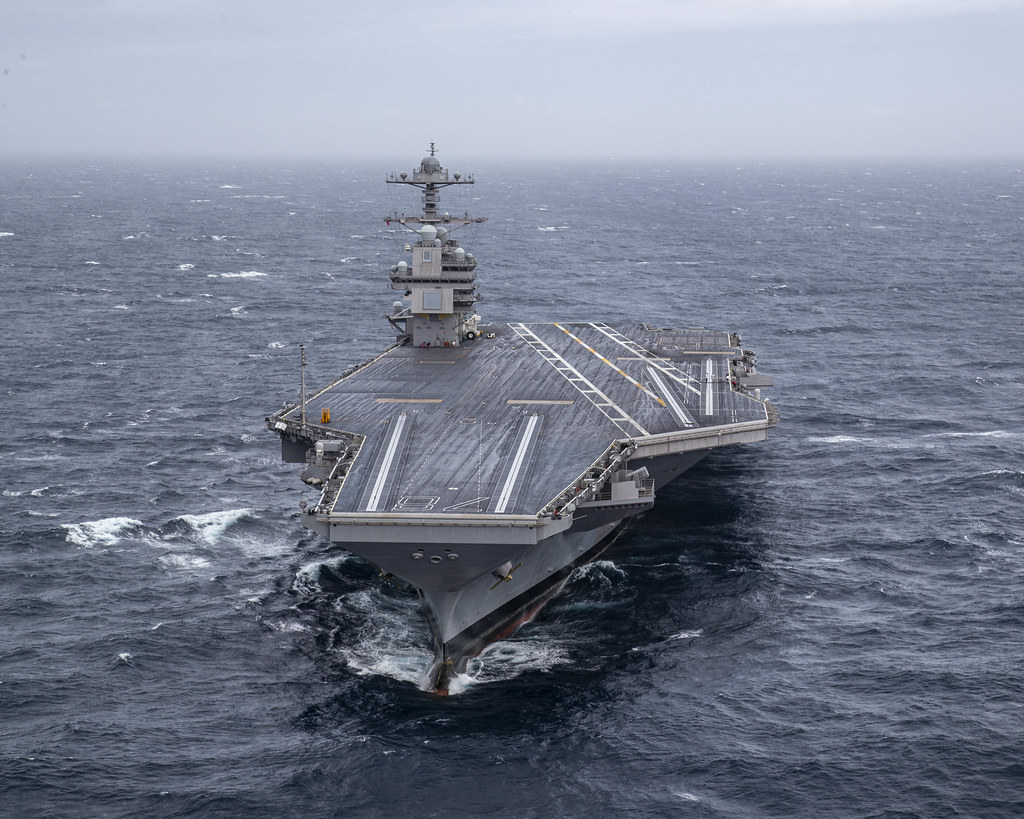
These sophisticated systems threaten to undercut the historical supremacy of carriers in naval warfare, signaling a pivotal moment in their storied existence.
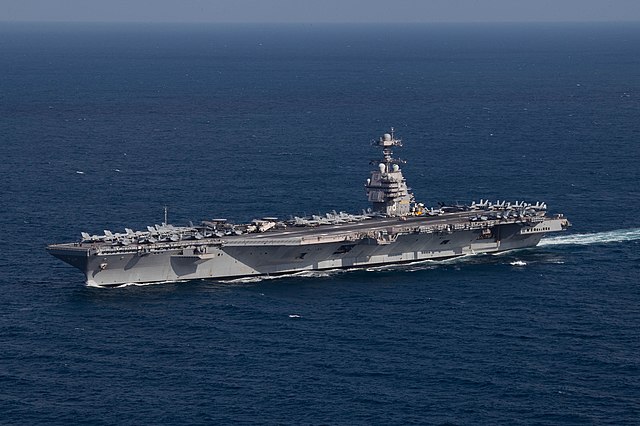
The aircraft carrier’s role has evolved from scouting for battleships to becoming a primary strike force and geopolitical tool. However, they may soon become as obsolete as battleships.
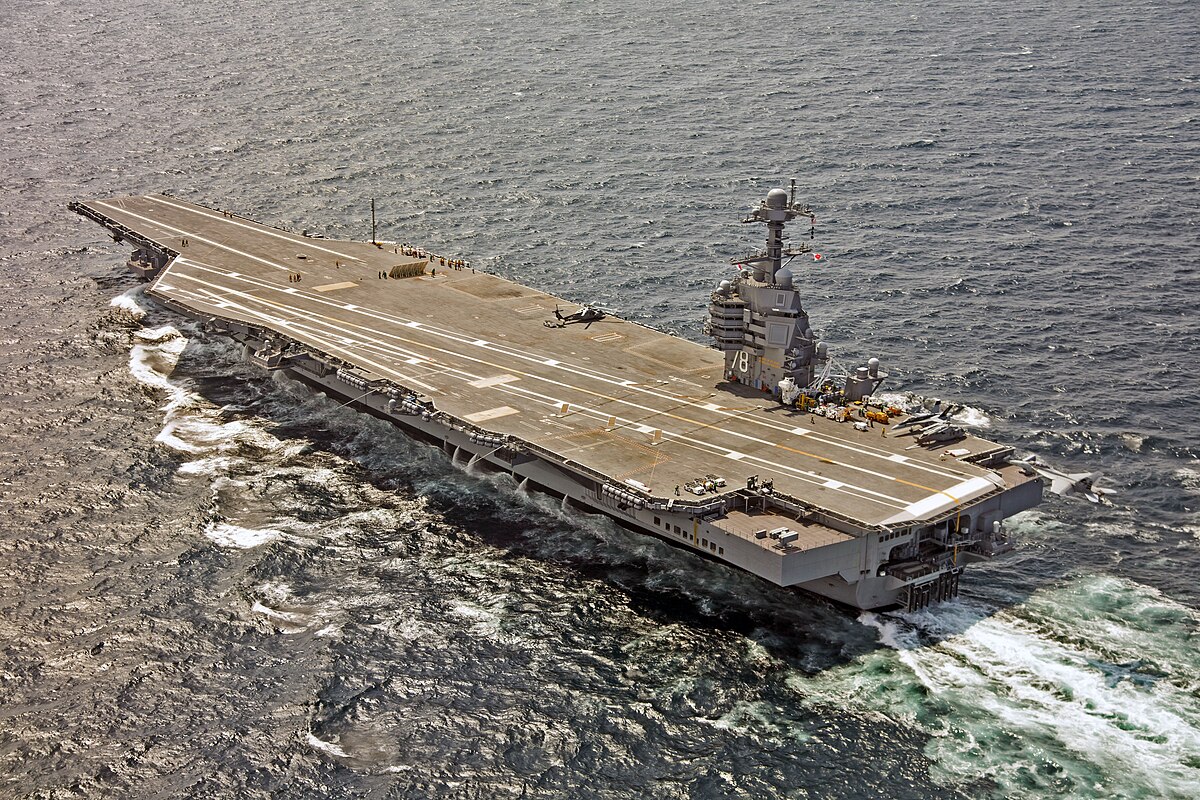
The United States Navy’s nuclear-powered supercarriers, epitomized by the colossal USS Gerald R. Ford, have been the cornerstone of naval strategy, wielding Mahanian “overbearing power” and serving as a geopolitical chess piece.

Yet, their daunting price tag – an eye-watering $13 billion for the Ford alone – raises critical questions about their viability in modern conflict.
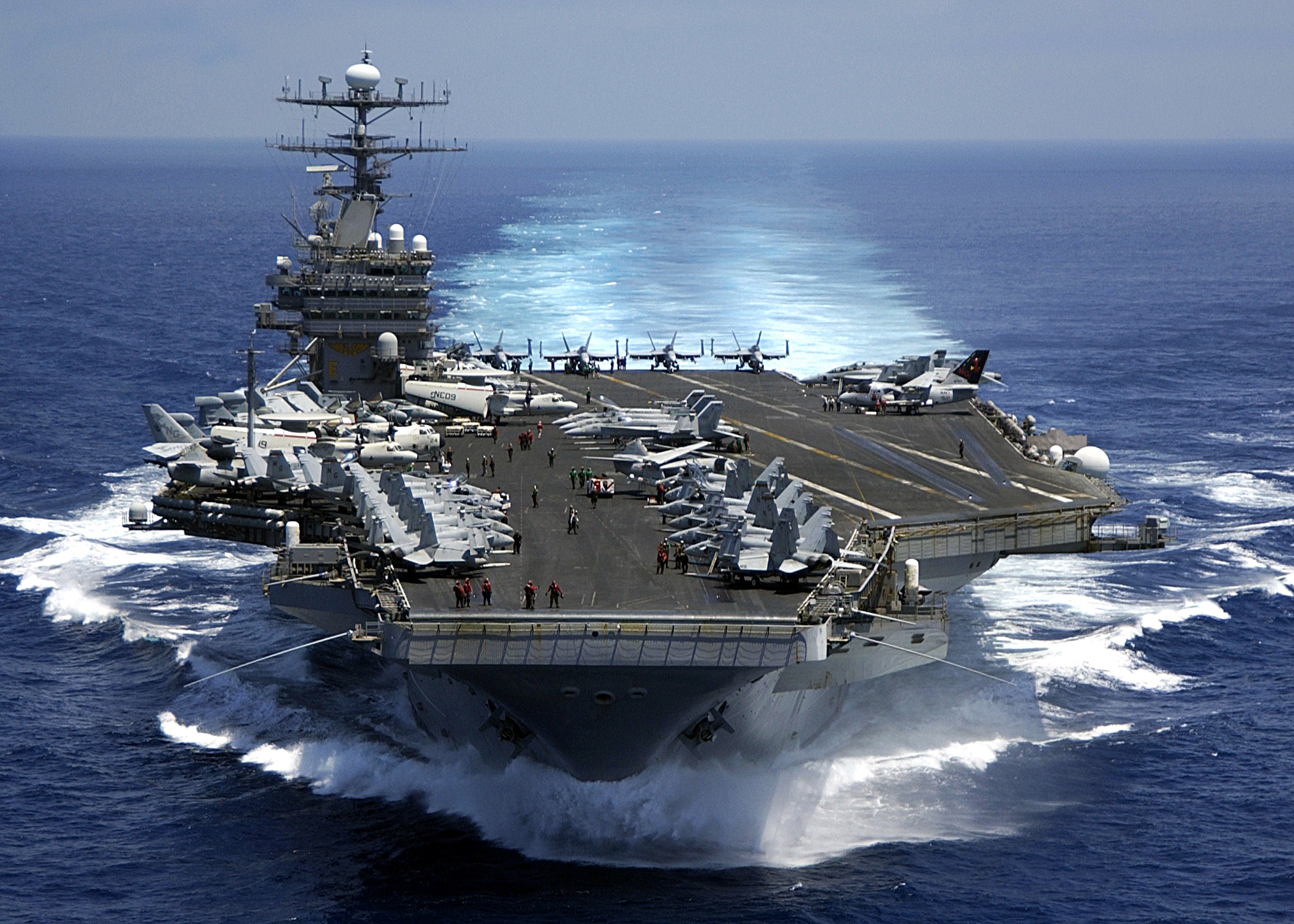
Indian Ocean (Mar. 15, 2005) – The Nimitz-class aircraft carrier USS Carl Vinson (CVN 70) underway in the Indian Ocean prior to flight operations. The Carl Vinson Strike Group is currently on deployment to promote peace and stability and respond to emergent events overseas. USS Carl Vinson will end its deployment with a homeport shift to Norfolk, Va., and will conduct a three-year refuel and complex overhaul. U.S. Navy photo by Photographer’s Mate 3rd Class Dusty Howell (RELEASED)
The Ford-class carriers cost nearly twice as much as the Nimitz-class ships they are replacing, but do not offer twice the capability.
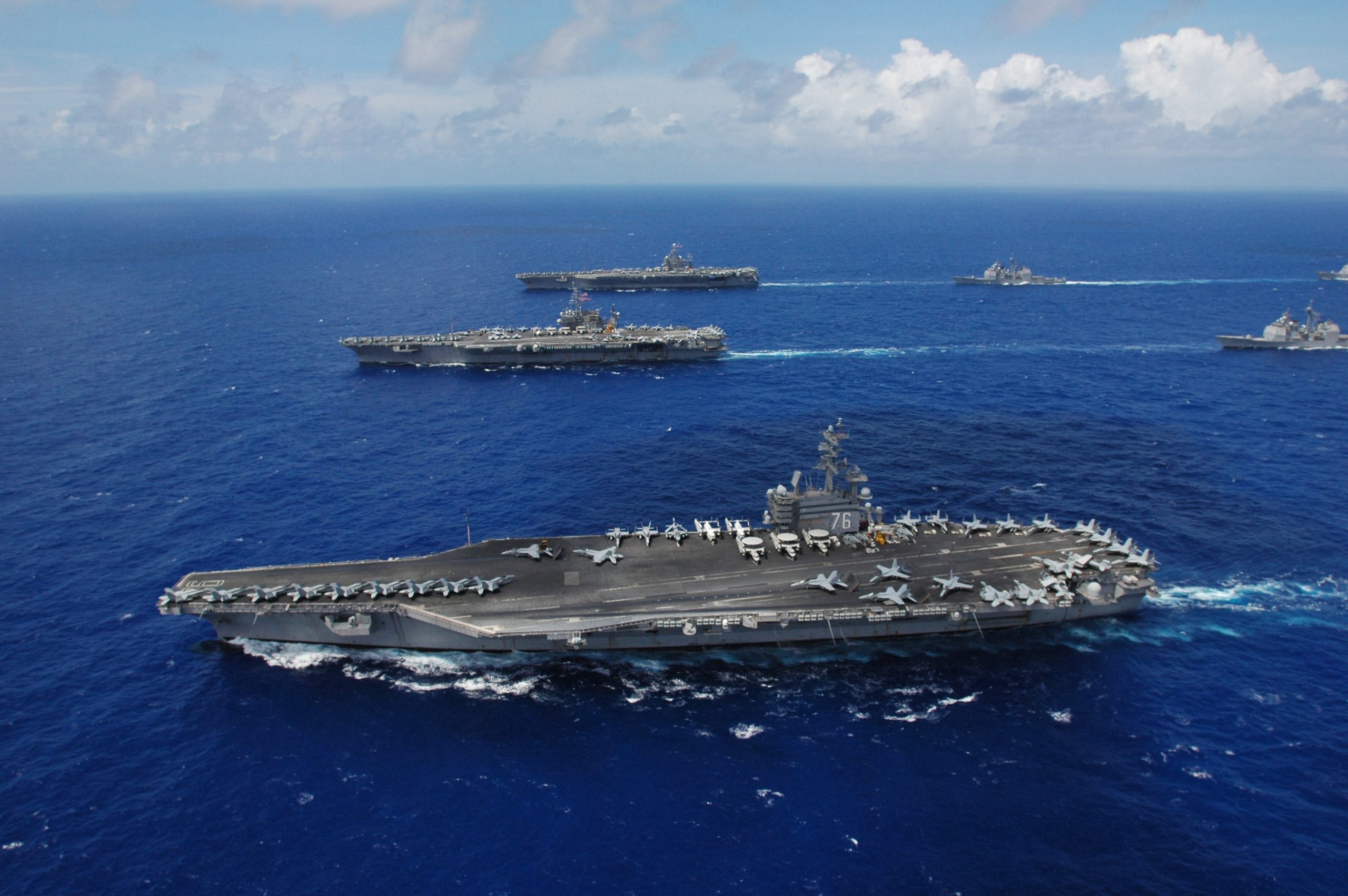
Critics are concerned that traditional carriers could be outmatched by the cost and vulnerability of nuclear-powered supercarriers like the Ford-class.
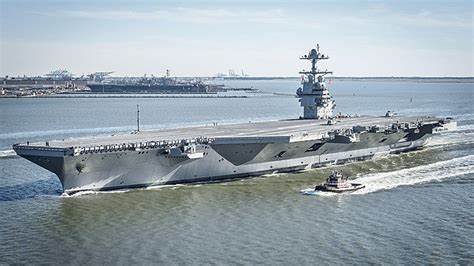
They fear these advanced carriers may become less effective against a new type of adversary navy, supported by anti-access air and missile capabilities on land, as well as stealthy submarines and surface vessels.
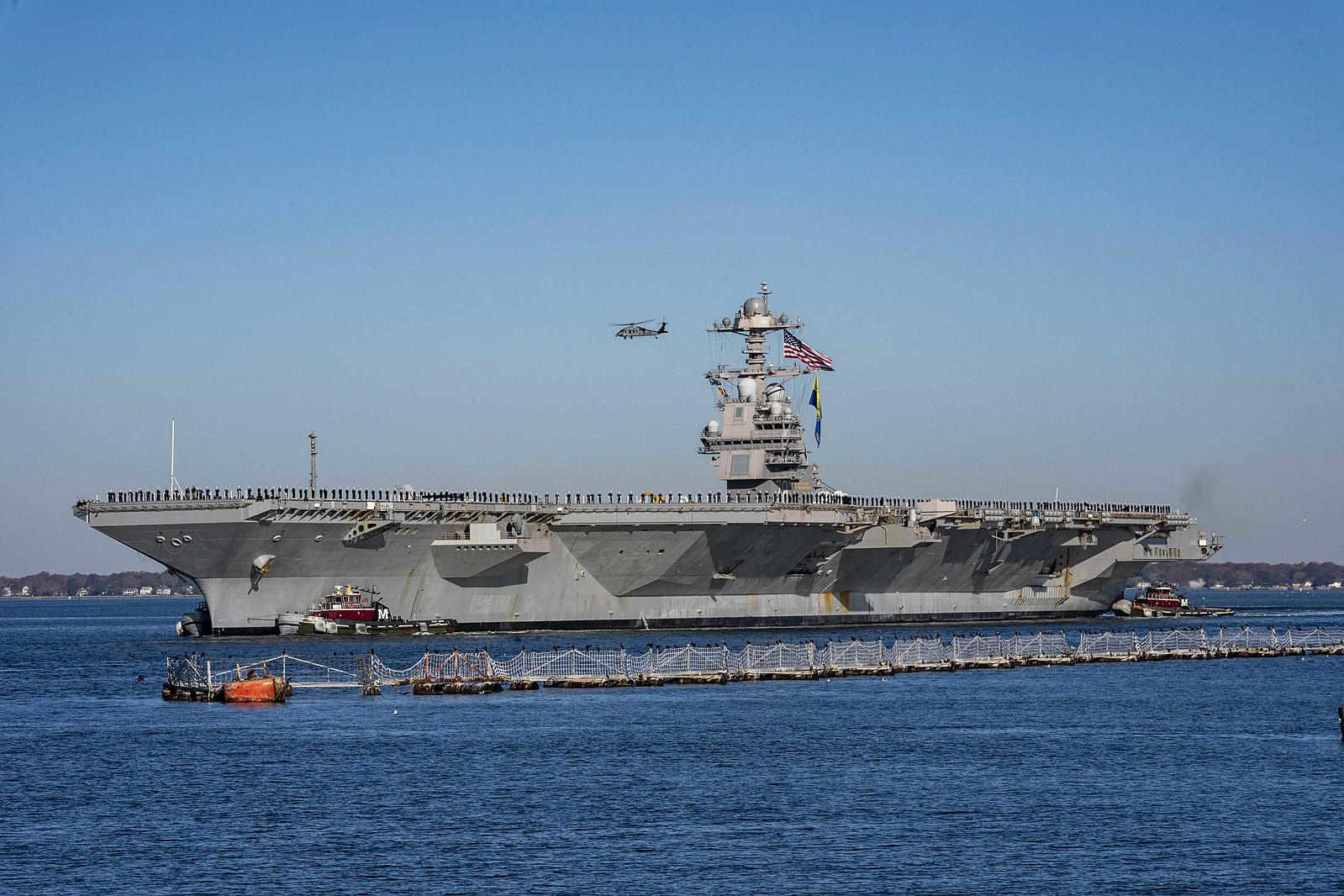
Nevertheless, some believe that these maritime leviathans can still adapt and thrive. Innovations such as uncrewed aircraft and electronic warfare enhancements promise to fortify carrier capabilities.
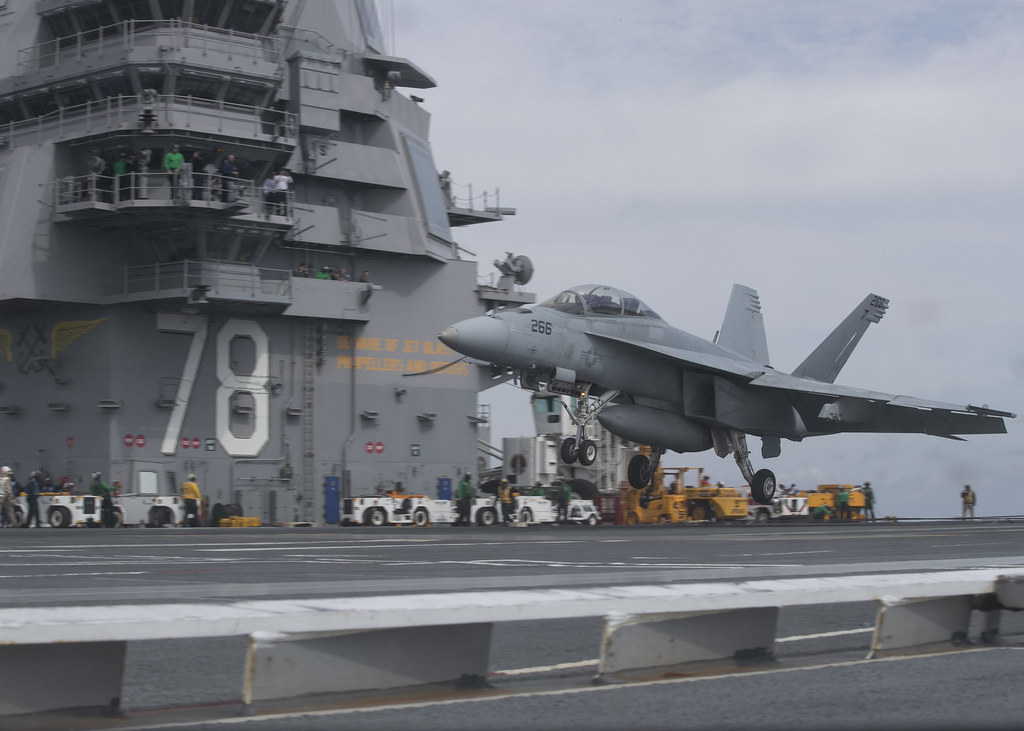
And their unique ability to perform a multitude of peacetime missions, from disaster relief to deterring adversaries in contested waters, remains uncontested.
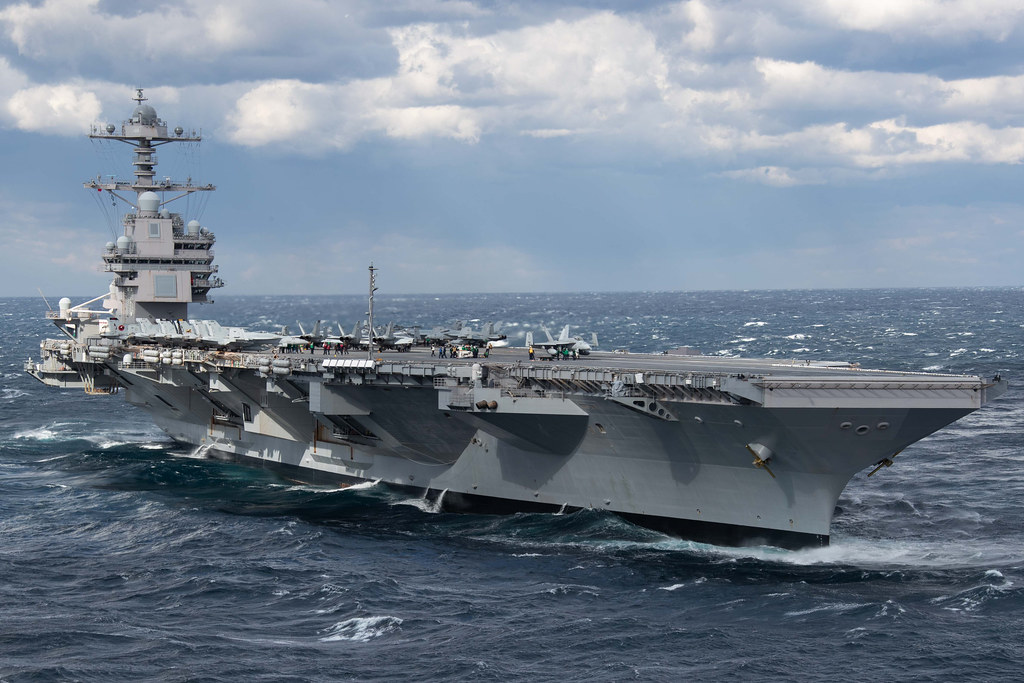
But what of their battle-readiness? Here lies the crux of the matter. As anti-access weaponry proliferates, the very survivability of carriers close to enemy shores is brought into question.

As the United States contemplates its future challenges, there are suggestions that the aircraft carrier might have outlived its usefulness.

New weapon systems to counter carrier groups are emerging at significantly lower costs. Can the massive investment required to build and maintain a Ford-class aircraft carrier still be justified?

If a carrier fails to execute its combat roles—be it engaging in direct maritime battles, conducting raids in enemy-controlled waters, or providing aerial assistance for land operations—it may lose backing from American legislators and the broader public.
Relevant articles:
– The Future of Aircraft Carriers: Are They Still Worth the Investment?, The National Interest
– The Future of Aircraft Carriers: Are They Still Worth the Investment?, nationalinterest.org
– The Strategic Value of Aircraft Carriers, Joint Air Power Competence Centre
